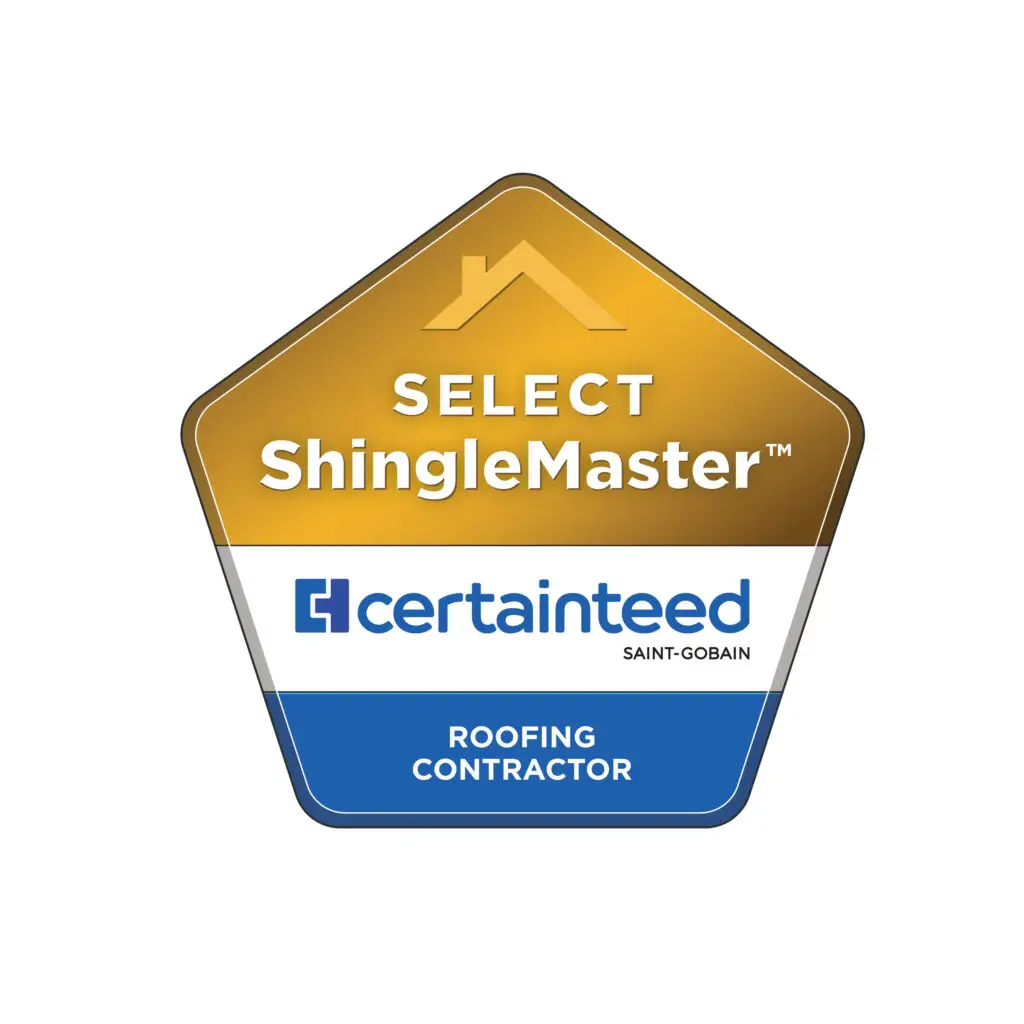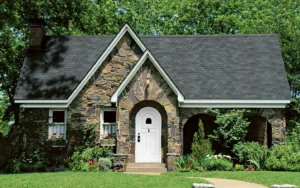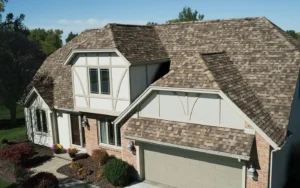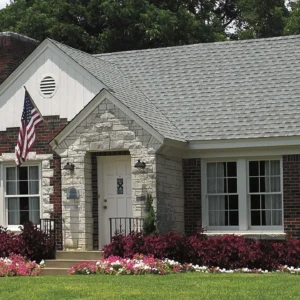A Breakdown of Your Long Island Roof Replacement Project
Over 35 Years as a Roofer in Long Island
A roof replacement project is a great way to protect your home and enhance its curb appeal. If you’ve been struggling with roof leaks and other issues, it can give you freedom from endless repair expenses. But a roof replacement is also a major investment. And while a well-installed roof shields your family and possessions from harsh Long Island weather, a badly-done roof installation can only lead to more headaches. You might even find yourself forced to pay for another new roof!
With over 35 years of expertise in roofing, County Roofing handles every project with precision, safety, and care. We know that home improvement projects can be a huge inconvenience. That’s why we work to make things as quiet and comfortable as possible. We take a personalized approach to every roofing project. From the initial consultation to the final clean-up, we work closely with homeowners to ensure every detail is addressed.
To help you make your decision, here’s a rundown of what’s involved in a roof replacement.
Before the Job:
Preparing for a
New Roof Replacement Project
Research Roof Replacement Contractors

Get a Detailed Estimate
A detailed estimate for a roof replacement to clearly outline the scope of the project, materials to be used, and the associated costs. A good estimate includes a breakdown of:
- Labor
- Permits
- Roofing materials (such as shingles, underlayment, and flashing), and
- Additional services like debris removal or gutter repairs.
The estimate should also specify the brand and type of roofing materials. The quality and warranty coverage of these materials can impact the final cost. Additionally, contractors should provide a timeline for the project. This timeline should explain how long the installation will take and note any potential delays due to weather or other factors.
Homeowners should also look for information about warranties in the estimate. A trustworthy contractor will explain both manufacturer warranties for the roofing materials and workmanship warranties for the installation itself. Lastly, a detailed estimate should include information about payment terms. Your contractor should also provide any financing options available, so there are no surprises once the project begins.
If your contractor cannot give you that detailed estimate, steer clear. You could easily find your final price is much higher than the estimate. At County Roofing, we give you a complete, itemized estimate after we examine your house. We also discuss the different options available for your new roof at different price points.
What to Expect
During Your
Roof Replacement Project
Preparing the Site
Before the roof installation starts, your roofer will deliver a dumpster and roofing materials like shingles and underlayment. They will also protect your siding, plants, and walls with tarps to avoid damage. Our team works efficiently, and most residential jobs can be completed in one day. However, depending on weather or the complexity of your roof, some projects may take longer.
We take care of all these steps beforehand. We also work hard to minimize any disturbances in your daily routine. That being said, you can expect some noise and vibration from our work.
Stripping the Roof
Before we install new shingles, we remove the old ones and strip the roof down to the roof decking. While some contractors will lay new shingles atop old ones, we disapprove of this practice. It adds additional weight to your roof trusses and can lead to a badly attached, leaky roof and roof deck damage. If we find rotten or warped boards on the roof deck, we replace them with fresh plywood.
Installing Drip Edges and Starter Shingles
Once the drip edges are secured, the roofer will apply an underlayment over the deck. Underlayment acts as a secondary water barrier. It shields the roof from leaks and helping prevent ice dams, which are common in Long Island’s cold winters.
Flashing Vulnerable Areas
We install metal flashing in areas of the roof that are prone to water penetration. Chimneys, vents, skylights, and valleys all require flashing. Flashing redirects water away from these vulnerable spots and prevent leaks. If flashing is improperly installed or overlooked, water can seep into the roof deck. This can lead to significant moisture damage, roof deck rot, and costly repairs.
In Long Island homes regularly face heavy rain, wind, and snow. Poorly installed flashing can cause water to penetrate behind the shingles. This undermines the roof’s waterproofing system and lead to interior damage such as stained ceilings, mold growth, and weakened structural components.
Applying Shingles

Cleanup
After installation, we inspect our work thoroughly. If we find any issues, we take care of them before signing off on the job. We also do a thorough broom cleanup of the site to remove all debris and stray roofing nails. Our goal is always to leave your yard cleaner than it was before we started the roof replacement project.
After your Roof Installation:
Maintaining Your New Roof
County Roofing works with you to provide a regular maintenance plan for your new roof. We also stand behind our work with the best warranties in the roofing industry. Your new roof should provide your Long Island home with decades of protection so long as you follow a few simple steps.
-
Inspect the Roof Annually: Conduct a visual inspection at least once a year, especially after storms or heavy winds. Look for missing, cracked, or curling shingles, as well as any damage to the flashing around chimneys and vents. If you notice anything unusual, consider having a professional inspect the roof more thoroughly.
-
Clean the Gutters: Clogged gutters can cause water to back up onto your roof, leading to leaks or ice dams during the colder months. Make sure to clean your gutters regularly, especially during the fall when leaves and debris accumulate. This simple step helps ensure proper water drainage from the roof.
-
Check for Moss or Algae Growth: In humid environments like Long Island, moss or algae can grow on asphalt shingles. While it may not cause immediate damage, moss can lift shingles, allowing water to seep underneath. We offer shingles with algae resistance that can help minimize algae and moss growth.
-
Trim Overhanging Trees: Trees that overhang your roof can drop leaves and branches that damage shingles or block gutters. Trimming them back helps prevent damage and reduces the risk of debris buildup.
-
Schedule Professional Inspections: Every few years, or after a major storm, it’s a good idea to have a roofing professional conduct a more detailed inspection. They can spot early signs of wear, flashing problems, or potential leaks that may not be visible to the untrained eye.
-
Check Attic Ventilation: Proper ventilation is crucial for roof health, especially in Long Island’s varying climate. Ensure that your attic has adequate ventilation to prevent heat and moisture buildup, which can cause shingles to deteriorate prematurely.
By following these steps, you can extend the lifespan of your roof and ensure it continues to protect your home from the elements.
People Also Ask...
In over 3 decades of contracting work on Long Island, we’ve worked with many local home equity lenders. Give us a call and we can help you make your old house look like a brand new home.






